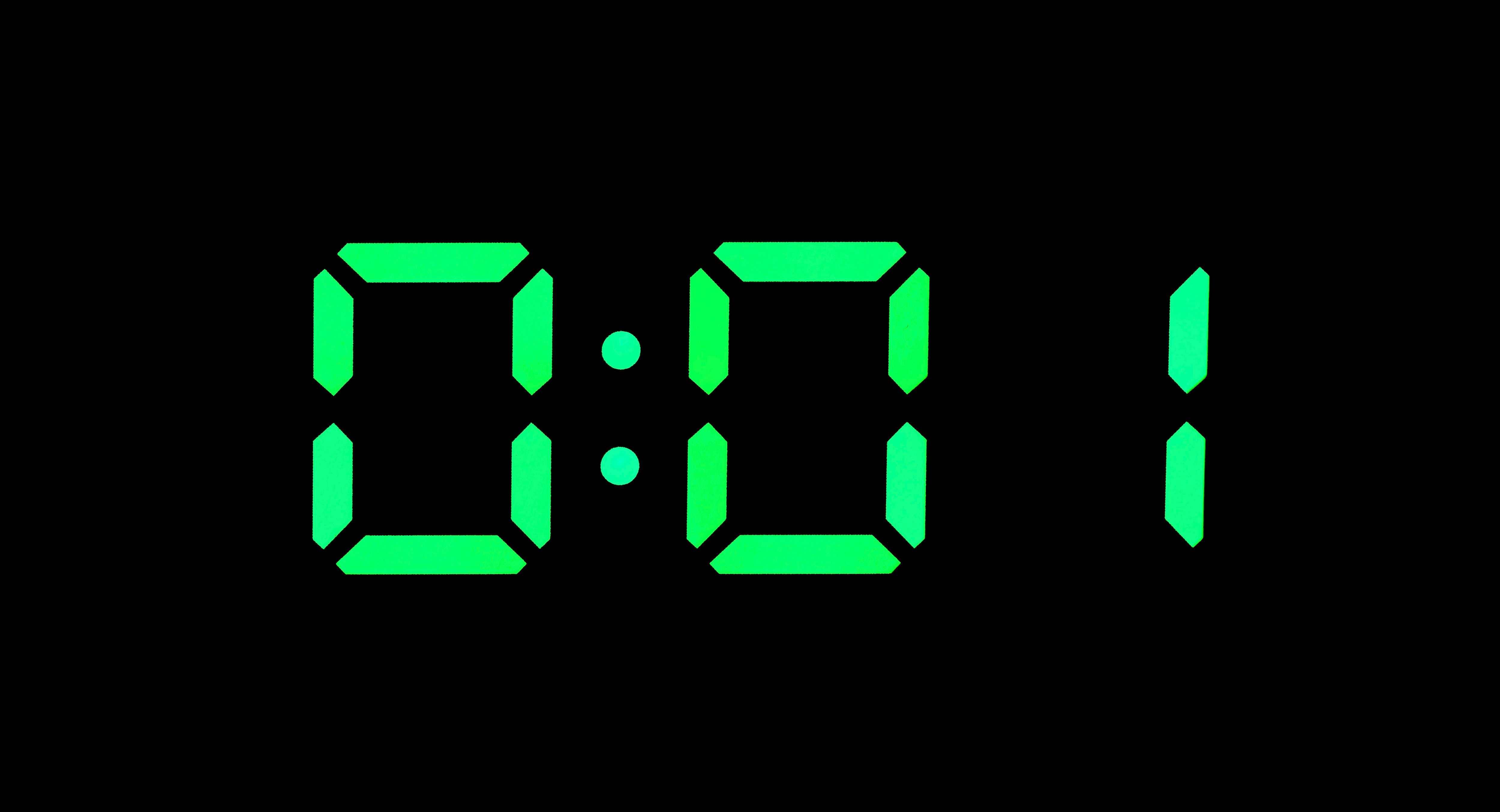Create a free profile to get unlimited access to exclusive videos, sweepstakes, and more!
The world's timekeepers voted unanimously to do away with leap seconds
The leap second only has 12 years to live.

What if you could add time to your life as needed? What if you could revisit critical days or moments and change them? That’s the premise of the 2013 sci-fi romance About Time, in which Tim Lake uses a familial ability to time travel within his own life. The rest of us can’t time travel, at least not yet, but some of us do fiddle with time in order to make everyone’s lives a little bit easier.
The trouble is, the way we keep time is totally made up and doesn’t always accurately reflect reality. In the deep past, our ancestors noticed that the Earth revolves around its own axis in more or less 24 hours – of course, we would have had to first invent hours, but you get the point – they also would have noticed that the Moon orbits the Earth in more or less 28 days, and that the Earth orbits the Sun in more or less 365 days. We’ve given those periods of time names. We measure a single turn of the planet and we call it a day. We measure a turn around the Sun and we call it a year. And we see the Moon doing its thing and we call that… Well, we call it a lunar month. The actual months we use are convoluted and don’t really maintain any resemblance to anything true in the natural world, aside from our own hubris and ability to so fantastically bungle something that we’re probably stuck with forever. But anyway.
At any given instance, those approximations are more than good enough. Each of us can go about the business of our lives without too much trouble, depending upon those few estimates alone. But the truth is that none of it is as clean as we’d like. Because the Earth doesn’t really orbit the Sun in 365 days, it’s more like 365.256 days. The Earth doesn’t care about days or our dependence on them. It’s just doing its thing. That means that every four years we need to slot an additional day into the calendar so that our imagined calendar more closely aligns with reality. Nature doesn’t like to fit inside of boxes, even really nice boxes that we specifically made up to describe it. So we have to keep adjusting, adding days every four years, unless the year is divisible by 100 but not divisible by 400. That’s another weird quirk of the actual time it takes for the Earth to complete an orbit.
RELATED: Why do we have leap days?
And yet, even that isn’t good enough. Sometimes our timekeepers, the folks at The International Bureau of Weights and Measures, have to add in “leap seconds” to keep everything where and when it’s supposed to be. To explain, we need to talk about the ways we measure time.
The gold standard of timekeeping is International Atomic Time (TAI), an average of 450 atomic clocks maintained in 80 labs all over the world. They are considered to measure the actual, literal, passage of time, irrespective of what the planet, the Moon, and the Sun are doing. Still, how the Sun and Moon interact with the Earth matters, those relationships define the seasons, which is one of the most crucial things we use time for. So, it helps if our atomic clocks are in sync with observed solar time. To keep them lined up, the folks at Weights and Measures introduced the leap second in 1972. It takes into account fluctuations in our timekeeping practices, including the long-term slowing of the Earth’s rotation as the Moon slowly drifts away.
The trouble is that the variability in the Earth’s rotation isn’t stable. It slows down and speeds up in fits and starts, so leap seconds are necessarily unpredictable. They need to be added manually and are generally decided upon six months in advance. They're then slotted in at midnight at the end of a month. The goal is to ensure that our clocks and observed physical time are never more than one second apart from one another. In the 50 years since the introduction of the leap second, the timekeepers have added a second only 27 times, that averages out to an additional second every 22 months, give or take a week. But the distribution is uneven, there were a lot more leap seconds in the early years after it was introduced than there are now. In the first decade of the leap second’s existence, there were 10 leap seconds, including two in the first year. In the last decade there have been only two.
Since computers and computer-dependent technologies have become more ubiquitous over recent decades, this unpredictable change in time has been disruptive and companies who depend on precise timekeeping have made a case for discontinuing the practice. In 2012, Reddit crashed for about 40 minutes after the introduction of a leap second messed with their servers. That was 10 years and two leap seconds ago.
Now, it appears that the world’s timekeepers are taking note and changing tactics. Member states of the International Bureau of Weights and Measures recently voted unanimously to suspend the insertion of leap seconds beginning in 2035. If the overall trend keeps up as it has, that will be six leap seconds from now. After 2035, they won’t add another leap second until at least 2135, the hope being that in the intervening century someone will come up with a better system for keeping our time systems aligned.
By 2135, assuming a similar distribution as we’ve seen over the last 50 years, we’ll have drifted by approximately 54 seconds. If they haven’t come up with a better solution by then, they could just wait another decade or so, add a leap minute, and call it a day. It feels like a small problem but these little variations, the leap days, minutes, seconds, the slow shifting of orbits and rotations, would stack up pretty quickly until barbecuing in January. Nobody wants that. It’s not the timekeeping change we wanted – daylight savings time, we’re looking at you – but it’s a start.


























